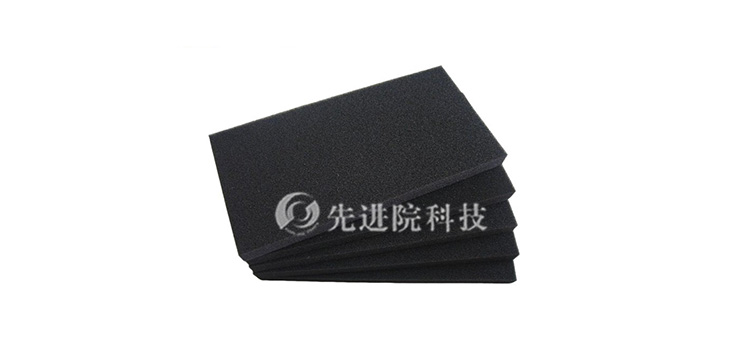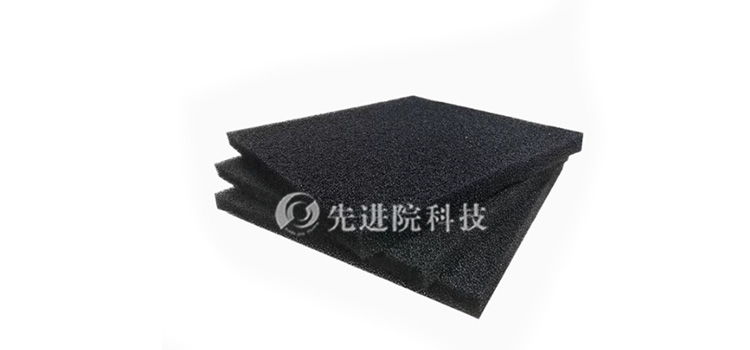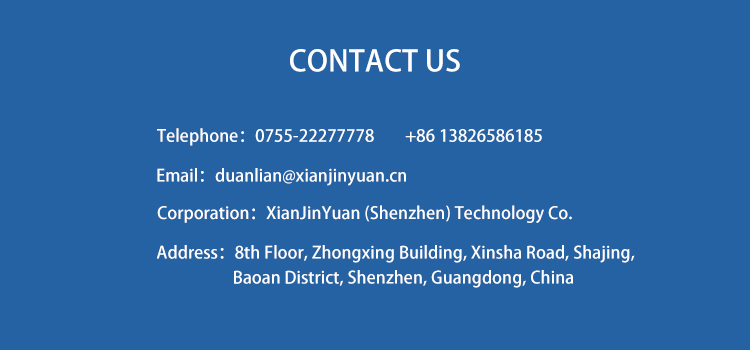Conductive PU foam is a special material that combines conductivity and flexibility, widely used for electrostatic protection and shielding of electronic products. There are certain differences in the performance of conductive PU foam with different formulations. This article will compare several common formulations and specifically introduce the performance of Advanced Institute (Shenzhen) Technology Co., LtdYanbo brand conductive PU foam.
Common conductive PU foam formulas and their properties
- Aluminum foil foam
- Features: Aluminum foil cloth foam has good conductivity and shielding effect by compounding a layer of aluminum foil on the foam substrate.
- Performance: High shielding effectiveness, low surface resistance, but relatively poor flexibility, suitable for situations that require high shielding effectiveness and low flexibility requirements.
- Conductive fiber cloth foam
- Features: Using conductive fiber cloth as the conductive layer, it has excellent conductivity and flexibility.
- Performance: Stable conductivity, light weight, excellent compression fatigue resistance, suitable for application scenarios that require good conductivity and flexibility.
- Gold-plated foam
- Features: Plating a layer of gold on the foam substrate improves conductivity and corrosion resistance.
- Performance: Excellent conductivity and good corrosion resistance, but high cost, suitable for occasions with extremely high requirements for conductivity and corrosion resistance.
- Carbon coated cloth foam
- Features: Using carbon coated cloth as the conductive layer, it has good conductivity and a certain degree of flexibility.
- Performance: Stable conductivity, relatively low price, suitable for general conductivity and shielding needs.

Introduction to the Performance of Conductive PU Foam from Yanbo Brand
Produced by Advanced Institute (Shenzhen) Technology Co., LtdYanbo brand conductive PU foamIt performs excellently in terms of conductivity and overall performance.
- Material formula
- Yanbo brand conductive PU foam is made of special conductive fiber cloth and high-quality PU foam substrate composite, ensuring good conductivity and flexibility.
- conductivity
- The conductive layer has low resistance and stable conductivity, with a resistance value usually below 10mohm, ensuring stable conductivity during use.
- shielding effectiveness
- High shielding efficiency, usually exceeding 90dB, can effectively shield external interference noise and internal radiation noise, suitable for electrostatic protection and shielding needs in various electronic products.
- Other performance
- Yanbo brand conductive PU foam has excellent compression performance, which can quickly recover and maintain its original shape under pressure, providing good cushioning and protection.
- Flame retardancy meets UL94-VO certification, with a wide temperature range (-40 ℃ to 70 ℃) and high wear resistance (≥ 10000 times), suitable for various harsh environments.
Application scenarios
Yanbo brand conductive PU foamWidely used in the following scenarios:
- I/O port electrostatic discharge protection and radiation shielding
- Adding conductive foam to the external I/O ports of consumer electronic products such as laptops, desktop PCs, monitors, and televisions can prevent external interference noise from entering the internal circuit and prevent internal radiation noise from leaking through the ports.
- Shielding overlap between CPU heat sink and metal shell
- Adding conductive foam between the heat sink of the laptop CPU chip and the metal shell can effectively reduce the spatial radiation of the heat sink itself and solve the problem of gap leakage.

conclusion
There are certain differences in the performance of conductive PU foam with different formulations, and the selection needs to be comprehensively considered based on specific application scenarios and requirements.Advanced Institute (Shenzhen) Technology Co., LtdThe research platinum brand conductive PU foam, with its excellent conductivity, shielding effectiveness, and comprehensive performance, has become an ideal choice for electrostatic protection and shielding of electronic products.
The above data is for reference only, and specific performance may vary due to production processes and product specifications.






